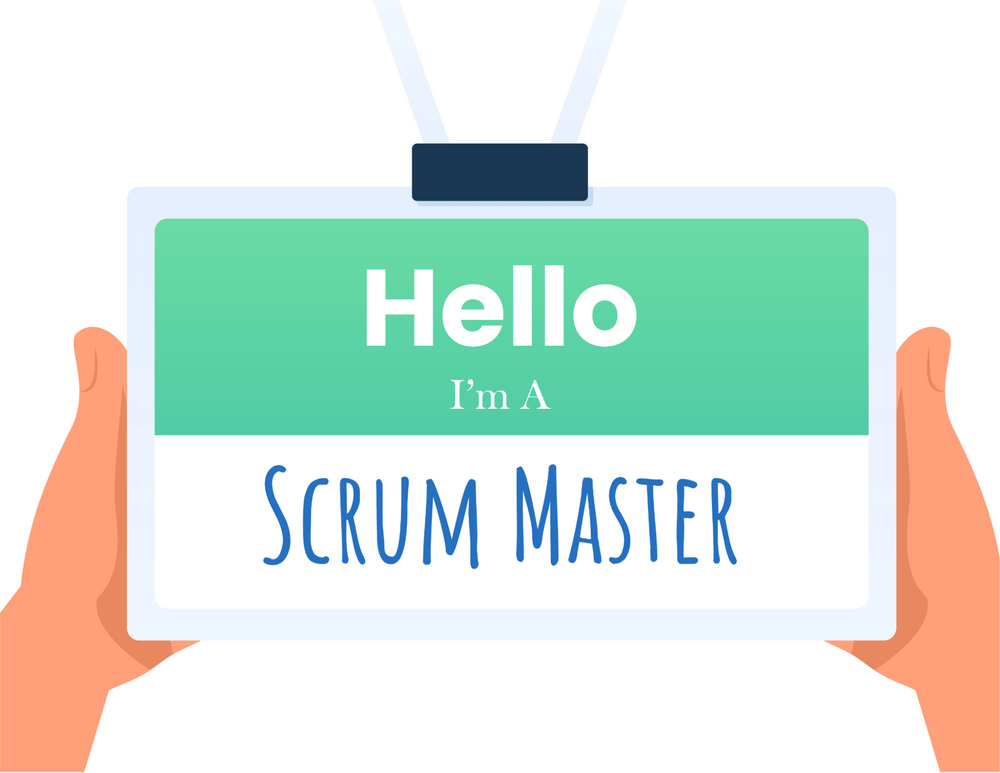Understanding Scrum Roles & Team Structure

The Scrum methodology has been around in one shape or another since the 80s and continues to be the go-to workflow for tech companies across the world.
And there’s a good reason why it’s stuck around for so long: Scrum makes teams more successful.
Newcomers to Scrum may find the range of team roles and responsibilities confusing though. That’s why in this blog post we’ll run through the three different roles within a Scrum team — leaving you with a clearer idea who should do what, when and why.
Scrum teams at a glance
There are three core roles within a Scrum team: the product owner, the Scrum master and the development team. The Scrum ‘chain of command’ might be obvious at first glance, but a strong and efficient team relies on all relevant parties pulling their weight together. So understanding each individual Scrum role is essential, too.
Introducing the product owner
As with any project, you need someone who can understand the customer’s needs and represent the business. In Scrum, this person is called the “product owner”.
What does a product owner do?
A good product owner needs to be the branch that connects the team to the customer. They are responsible for representing the company and keeping the customer updated with how the work is progressing. They also need to keep the team on track to meet the customer’s expectations and ensure they deliver the most value.
Keeping customer and business needs balanced is a tightrope walk, so the product owner must pool those needs together and work out which tasks need to take priority over others. Having one person in charge of setting priorities means less time is spent on discussion — freeing up more time to work on delivering the best product.

What type of skills does a product owner need?
Customer expertise: As product owner, you need to make sure the project is meeting the stakeholder’s expectations. That said, a great product owner will do more than assess and process the data they already have. They need to be aware — and stay one step ahead — of the customer needs.
Storytelling: Great product owners go beyond the mechanics of chopping up a user story into the product backlog and sending it to developers. As a product owner, your mission is to think about what will transform that story into a product feature that — you guessed it — delights the user.
Delegation: Every management role can be overwhelming, and the biggest mistake anyone can make as a manager or product owner is taking on too much work at once. As the product owner you need to be willing to put ego aside and ask for help from the people you know can handle the task at hand.
Communication: There’s no shame in not knowing everything — even as product owner. We all have our strengths and our blindspots, but trying to push beyond your comfort zone unsupported risks confusion down the line and ultimately takes value away from the project.
A product owner should identify and engage the team members best placed to deliver on a task — even if it isn’t them.
Introducing the development team
Strictly speaking, everyone involved in the project is part of the development team. But the development team is also a specific group of people working on the project.
Confused? Let’s look at what defines the development team in Scrum.
What does the development team do?
To use an old cliché, the question should be: “What don’t they do?”.
The development team are the people who actually build the product. The name may suggest a team that’s made up purely of engineers. In reality, it can feature writers, designers, programmers, agile experts and so on.
Simply put, the development team is made up of the right people with the right skills needed for the job.

What type of skills do the development team have?
Self-organization: Development experts need to be self-starters. The Agile workflow doesn’t make time for people who wait for a thumbs up or seal of approval — you have to trust your own instincts and solve your own problems.
Transparency: Working with Scrum means the focus is on efficiency. The daily standup meeting gives the team a chance to speak about their current workflow issues, and a team member who is afraid to speak up when they need support is dead weight and will derail the project.
There are many other skills a development team member needs, but it really varies between projects. Whoever chooses the team will need to take this into account and adapt the team to the product requirements.
Introducing the Scrum master
The Scrum master is the glue that holds the entire project together. And without a Scrum master, everything could fall apart — it sounds dramatic, but it’s true!
What does a Scrum master do?
You may assume that a Scrum master will be leading every meeting or event during the product development cycle, but that’s not actually the case. Scrum masters support the product owner by: helping them understand the product and where the value lies; managing the backlog; and helping to plan upcoming sprints and projects. They also support the development team by problem solving, aiding with self-organization and focusing on outcomes.
For a more in-depth look at a Scrum master’s responsibilities, check out our earlier blog on what a Scrum master does during a sprint retrospective.

What type of skills does a Scrum master have?
Organization: Keeping the project together isn’t always an easy task, but a stellar Scrum master will be able to keep the entire team on track to hit deadlines. Scrum requires a lot of planning and structure, so the Scrum master needs to be a whizz in project management and talent resourcing.
Coaching: Ensuring that the team is working on schedule doesn’t just mean telling them to hurry up or work faster. Teams are made of people and people are not perfect — maybe someone falls ill, has a family emergency, experiences a crisis of confidence, or looks like they are burning out. A great Scrum master will be able to teach the team how to solve the problems on their own, rather than just fix them and move on.
Conflict handling: Teams are full of different ideas and personalities, too — and not all of them work well together all of the time. Part of keeping the project on track is making sure that interpersonal conflicts don’t interfere with the workflow. Conflict resolution is a vital skill to have as a Scrum master, especially when the going gets tough.
Scrum roles vs job titles — anyone can do anything!
It’s often thought that Scrum roles and Scrum-related job titles are interchangeable, but that’s simply not true.
The three scrum roles we’ve shared above are more of a description of your key responsibilities during the project — that means any person can perform any one of these roles, regardless of their job title.
Scrum teams in action
It’s tough to find a company that doesn’t use Agile ways of working, like Scrum. And you don’t need to be a business management expert to understand why.
Using Scrum in particular will offer greater productivity, better quality, consistent product releases and, most importantly, customer satisfaction every time.
To learn more about the advantages of Scrum, take a look at our handy beginner’s guide to Scrum methods and our guide to sprint retrospectives.